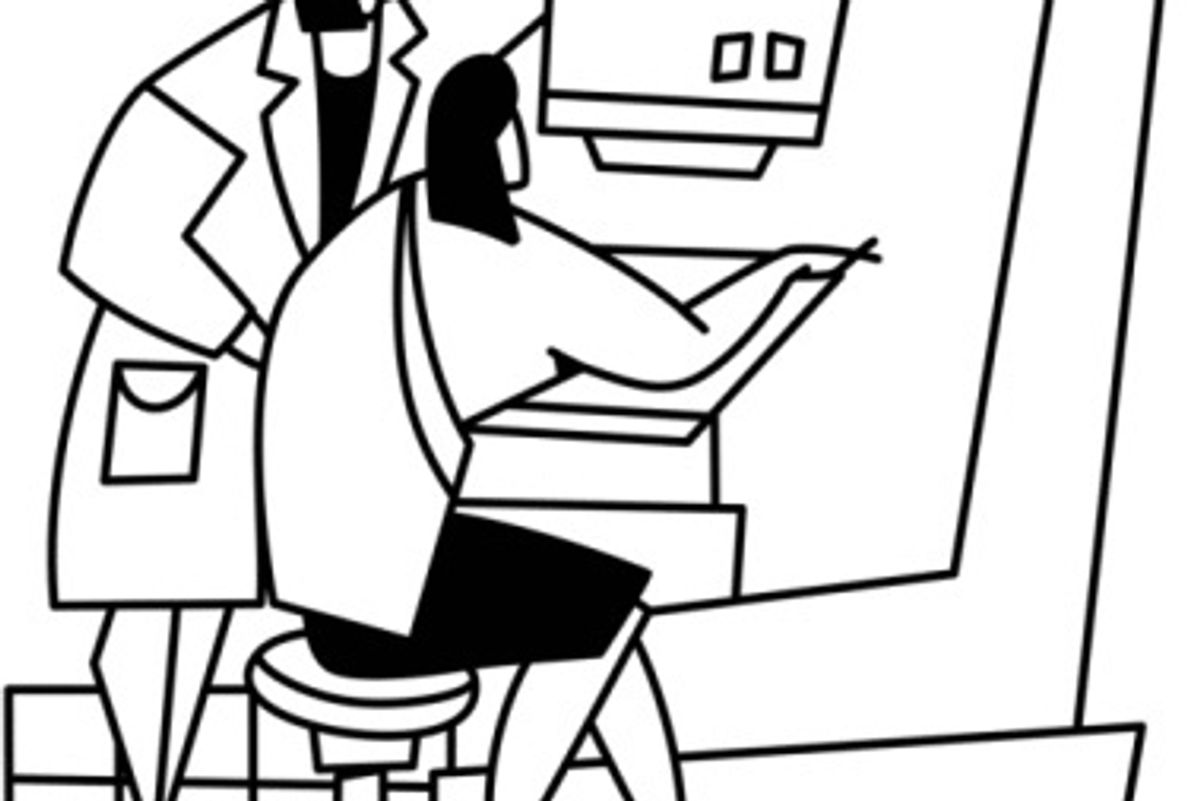

Sheryl Kraft
Sheryl Kraft, a freelance writer and breast cancer survivor, was born in Long Beach, New York. She currently lives in Connecticut with her husband Alan and dog Chloe, where her nest is empty of her two sons Jonathan. Sheryl writes articles and essays on breast cancer and contributes to a variety of publications and websites where she writes on general health and wellness issues. She earned her MFA in writing from Sarah Lawrence College in 2005.
Full BioLearn about our editorial policies
Medically Reviewed
This article has been archived. We will no longer be updating it. For our most up-to-date information, please visit our breast cancer information here.
People often ask me why I had a mammogram when I was just 34. Back in 1998, many doctors were advising women to have their baseline done by age 35, although it more commonly was done closer to 40. I'm fortunate that I listened to my doctor's advice, since my very first mammogram detected a cancer that might have gone undetected had I waited.
That's why I get so bothered by the constantly-changing recommendations - most recently, for women to wait until 50 to begin mammogram screening. It's confusing and so hard to figure out quite what to do.
Thank goodness for the nay-sayers, who dig their heels in and still insist that 40 is the age when mammograms should begin. After catching an episode of Dr. Oz last week and seeing Dr. Ruth Oratz of The Women's Oncology and Wellness Practice share her expertise on breast cancer, I immediately sent an email out. Ruth and I had become acquainted years ago at a summer writing workshop; since then we discovered we had a friend in common through one of those crazy small-world stories.
I'm so grateful to Ruth for her quick and caring response to all of my questions even though she was getting ready to head out to Israel on a mission for Susan G. Komen (for whom she is the Chairman of the Medical Advisory Board of Komen Greater NYC).
It's my hope that this information will go a long way toward clearing up the confusion that surrounds this most critical issue.
Mammography is the gold standard for breast imaging and for early detection. It is not perfect – but it does detect about 80% of cancers.
Q. What are your recommendations for breast screening?
A. Screening mammogram every year starting at age 40; screening at a younger age and supplementing mammography with additional imagining studies for women at high risk for developing breast cancer.
Q. What is digital mammography?
A. Digital mammography provides a sharper image than film mammography. With the assistance of computer programming it subtracts out some of the “background noise" particularly in younger women and those with dense breast tissue. Ultimately digital mammography will most likely replace standard film mammography in most centers.
Q. How can women go about finding the best place to have their mammogram?
A. Women should look for a dedicated breast imaging center. Research the radiologists and the center, make sure they see a large number of patients for breast imaging and are experienced.
Q. Are their alternatives to mammograms?
A. There are no modalities that replace mammography as the front line screening test. Ultrasound and MRI may be used in addition to mammography in certain subsets of women – including those with dense breast tissue, younger women ( < age 40) or those with either mutations in BRCA genes or at high risk for breast cancer because of other risk factors.
Q. What is the newest technology out there?
A. Tomosynthesis is an interesting new modality which provides a 3-D view of the breast. It is not yet approved in the US as a standard imaging technique. I suspect that tomosynthesis will, like ultrasound and MRI, be used in addition to but in not instead of mammography for screening. It will aid in diagnosis.
This Matters> The bottom line is …mammography is still the best screening tool for the vast majority of women. Self-exam is still very important! If a women notices any of the following changes in her breast she should see her health care professional right away.
· Lump, hard knot or thickening.
· Swelling, warmth, redness or darkening.
· Change in size or shape of the breast.
· Dimpling or puckering of the skin.
· Itchy, scaly sore or rash on the nipple.
· Pulling in of your nipple or other parts of the breast.
· Nipple discharge that starts suddenly.
· New pain in one spot that does not go away.
You might be interested in





